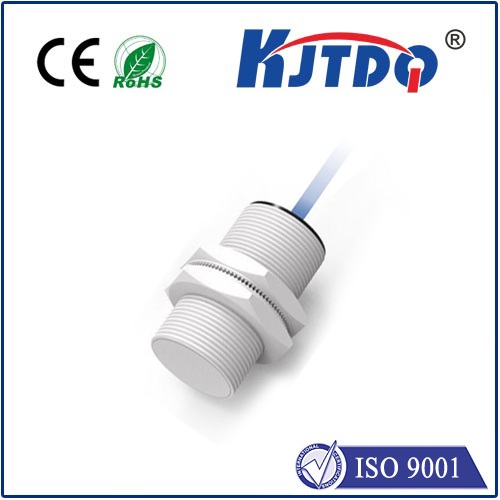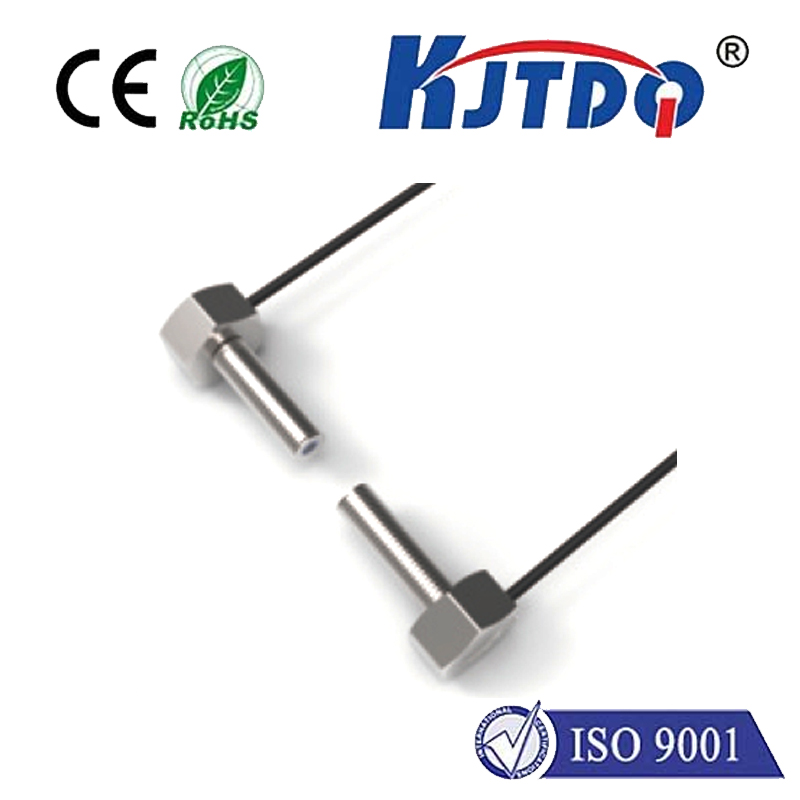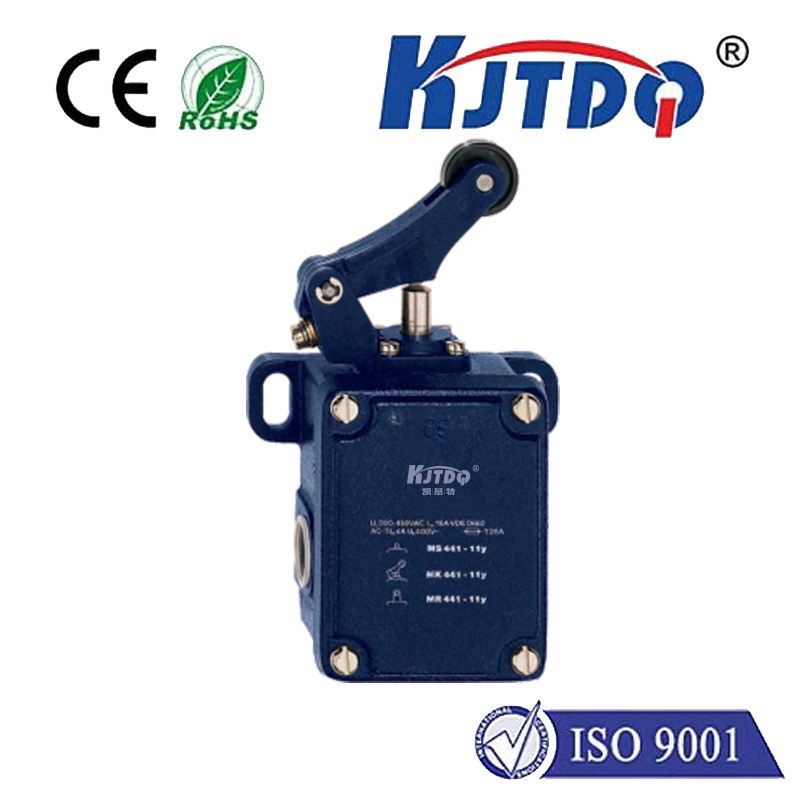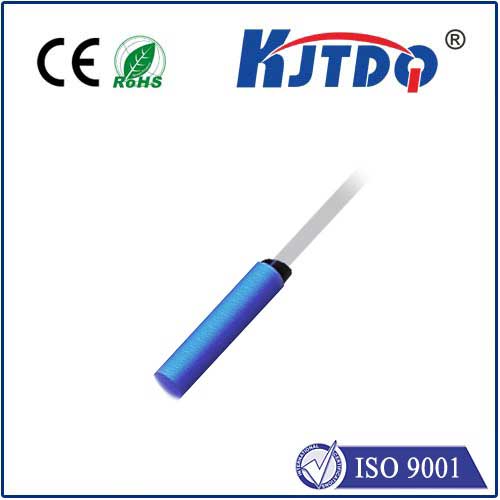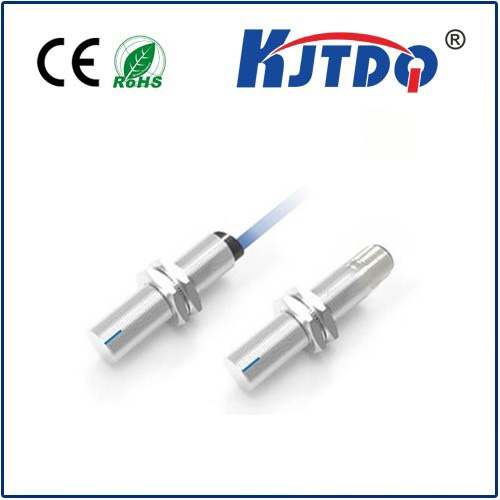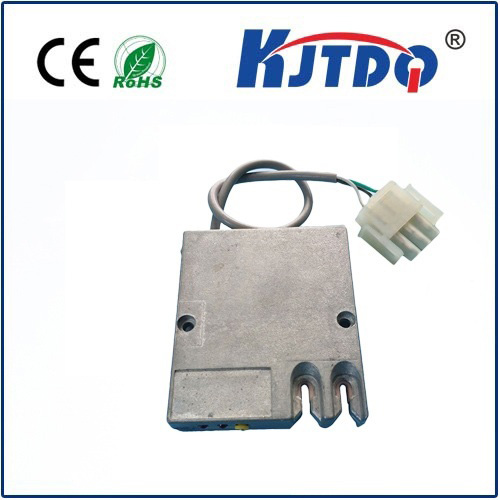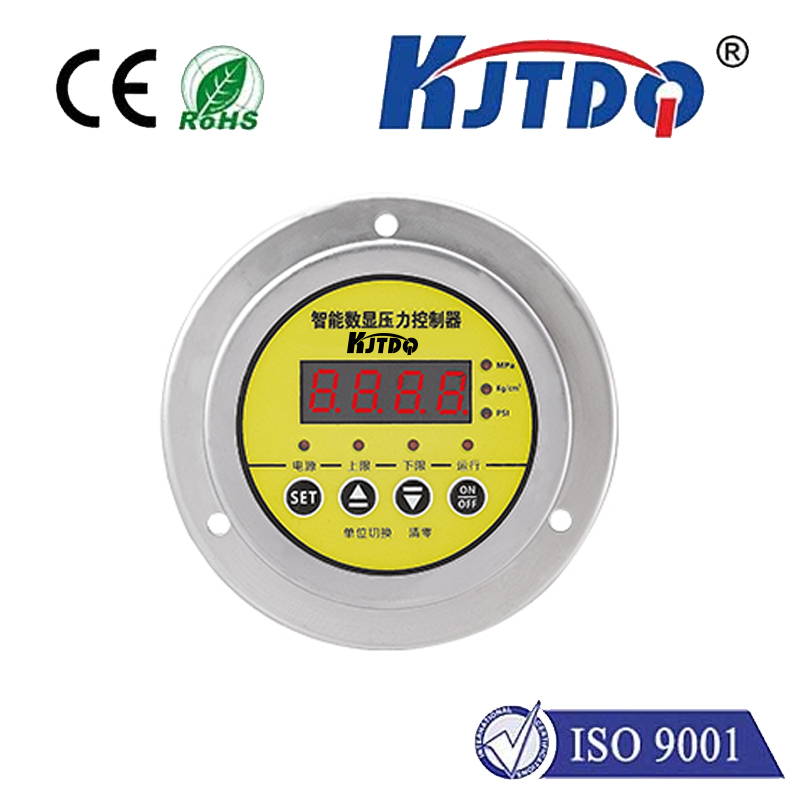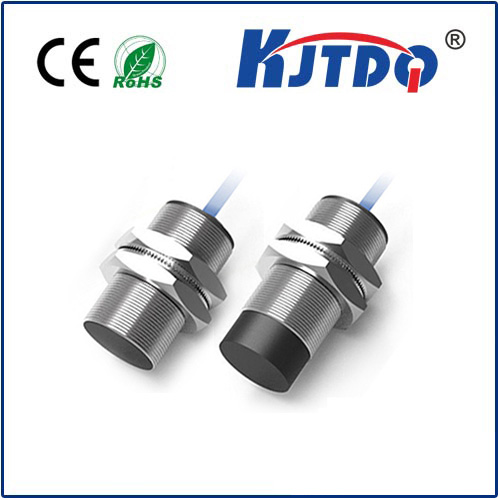
check

check

check

check

Harnessing the Power of Rectangular Proximity Sensors: Revolutionizing Industrial Automation In today’s fast-paced industrial landscape, the quest for precision, efficiency, and reliability is relentless. Amidst this pursuit, one technological innovation stands out as a game-changer: the rectangular proximity sensor. This unassuming yet highly advanced device has been transforming automation processes across various sectors, proving itself indispensable in enhancing operational accuracy and productivity. Understanding the Basics: What Is a Rectangular Proximity Sensor? A rectangular proximity sensor is an electronic device designed to detect the presence or absence of an object within a specific range, without any physical contact. Unlike traditional round sensors, its rectangular shape allows for more versatile integration into machinery and equipment design, enabling seamless installation even in compact spaces where space optimization is crucial. These sensors typically operate based on principles such as capacitive, inductive, or optical sensing technologies, each suited for different application requirements. Unleashing Versatility Across Industries The adaptability of rectangular proximity sensors makes them ideal for a myriad of applications across diverse industries. In manufacturing, they play a pivotal role in assembly lines, ensuring precise component alignment and quality control by detecting minute variations or defects. Their ability to function under harsh environmental conditions—such as high temperatures, dust, or moisture—further cements their importance in automotive, packaging, and material handling systems. Moreover, these sensors find applications in smart homes and buildings, where they help automate lighting systems, security access controls, and elevator operations, enhancing user convenience and energy efficiency. In the healthcare sector, they contribute to the development of advanced medical devices and diagnostic equipment, enabling non-invasive monitoring and improving patient care outcomes. Enhancing Efficiency and Reducing Downtime One of the most significant advantages of rectangular proximity sensors lies in their contribution to minimizing downtime and maintenance costs. By providing rapid response times and accurate feedback loops, these sensors facilitate predictive maintenance strategies. They can alert operators to potential issues before they escalate into costly breakdowns, thereby extending equipment lifespan and optimizing production schedules. Additionally, their rugged construction ensures long-term durability, even in demanding industrial environments. Embracing the Future with Smart Integration As Industry 4.0 continues to reshape manufacturing processes, the integration of rectangular proximity sensors with IoT (Internet of Things) platforms and AI (Artificial Intelligence) algorithms heralds a new era of intelligent automation. These sensors act as critical data points, feeding real-time information into centralized systems for analysis and decision-making. This synergy enables manufacturers to achieve unprecedented levels of process optimization, predictive analytics, and remote monitoring capabilities. Conclusion: Paving the Way for Tomorrow’s Innovations In conclusion, the rectangular proximity sensor embodies the perfect blend of functionality, adaptability, and innovation. As industries evolve towards smarter, more efficient operations, these sensors will undoubtedly play a central role in driving progress. Their ability to provide reliable and precise detection in a compact form factor makes them an invaluable asset for any forward-thinking business aiming to stay ahead of the curve. As we continue to push boundaries and explore new frontiers, the humble rectangular proximity sensor stands ready to support and elevate our ambitions into reality.
